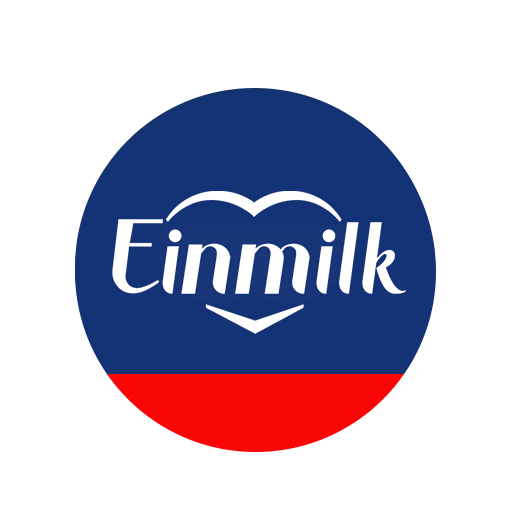An alternative to direct latching is bottle feeding with formula milk or expressed breastmilk.
Bottle feeding can be a great way for other caregivers to bond with the baby. We have a list of what you should get to make sure that you’re all set and prepared for convenient, fuss-free bottle feeding.

Bottle-feeding offers the convenience of allowing any caregiver to feed your baby, anywhere and at any time.
At Home
- Bottles
Newborns do not have the ability to burp out excess air that they take in, therefore after each milk feed, they need a helping hand with burping. These days, anti-colic milk bottles are aplenty – some anti-colic bottles have physical valves but unscrew into four or five parts, whereas other bottles have an air vent at the teat to let air out. If you are using the latter, be sure that the air vent faces upwards when feeding your baby.
- Bottle & Teat Brush
Both expressed breastmilk and formula milk contain fats which will cling onto the inside of the bottle. Use a bottle brush and give the insides a good scrub with bottle liquid cleanser and some water.
As bottle teats are narrower, use a special teat brush to clean the entire teat to ensure milk remnants are removed to prevent bacteria breeding.
- Baby-friendly Bottle Liquid Cleanser
Milk leaves an oily residue and it is necessary to wash it off with baby safe bottle cleaning liquid. Select plant-based formulations with no artificial fragrances or colouring and preferably free from Sodium Laureth Sulphate (SLS), a chemical which may cause skin irritation even in small amounts.
- Bottle Steriliser
Newborn babies have sensitive tummies and although you can use the traditional method of boiling bottles in water, you will need to be extra careful to prevent scalds and the bottles will have to be dried on a drying rack.
Steam sterilisers are commonly used but unless they have an inbuilt drying function, the bottles and teats will also need to be taken out to dry separately.
If you have the budget, invest in a UV steriliser which is convenient, doubles up as a drying and storage cabinet and can be used even for cutlery, toys and toothbrushes!
- Bottle Warmer (Optional)
A bottle warmer may come in handy to warm up cold breast milk to a temperature suitable for a baby. However, we’ve found that swishing the bottle of cold milk in a pot of hot water does the trick too.
- Handkerchief
Newborn babies tend to regurgitate a lot, so keeping a handkerchief close by will be useful to wipe up vomit.

Bring along a thermal flask filled with hot water to prepare milk feeds when your baby is out and about.
Outside
- Bottles
Bring enough bottles for the number of milk feeds, to serve as a backup. You can pour warm water in the bottle, store it in a thermal bag and simply add formula milk before serving.
- Thermal bag
If you are feeding your baby expressed breastmilk, you will require a thermal bag with ice packs to keep the milk at a cool temperature so it doesn’t turn rancid.
- Milk powder dispenser/Breast Pump
You can store formula by serving size into milk powder dispensers for convenience, or use formula milk storage bags. Exclusive pumping mothers will need to bring along a portable breast pump to express milk directly into bottles for feeds.
- Thermal Flask
A thermal flask is handy to have to store hot water for milk feeds when baby needs to drink milk urgently and there is no hot water dispenser nearby. The hot water can be used to rinse milk bottles when needed.
- Handkerchief
Keep a handkerchief with you to wipe up spills, or tuck it into your baby’s top as a bib during milk feeds.
With the right equipment and this checklist, bottle feeding will be less of a hassle. What is your must-have item for bottle feeding?


Comments (2)
[…] our handy guide for bottle feeding essentials you may have missed out when packing your diaper bag too!If you have an infant who needs to nurse […]
[…] Besides buying a tin of infant formula milk powder from the supermarkets in Singapore and getting milk bottles, refer to our checklist on what to prepare for bottle-feeding. […]